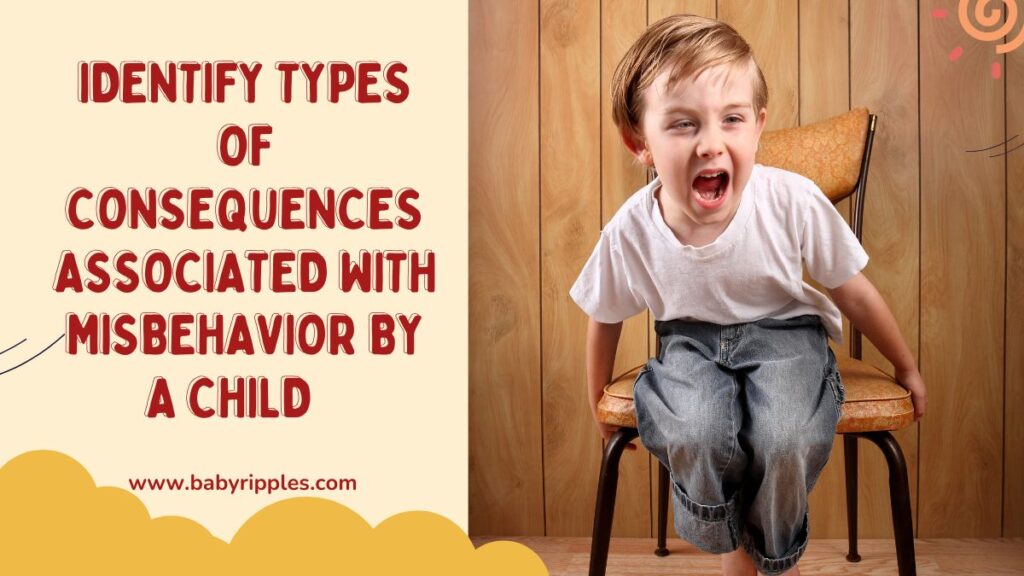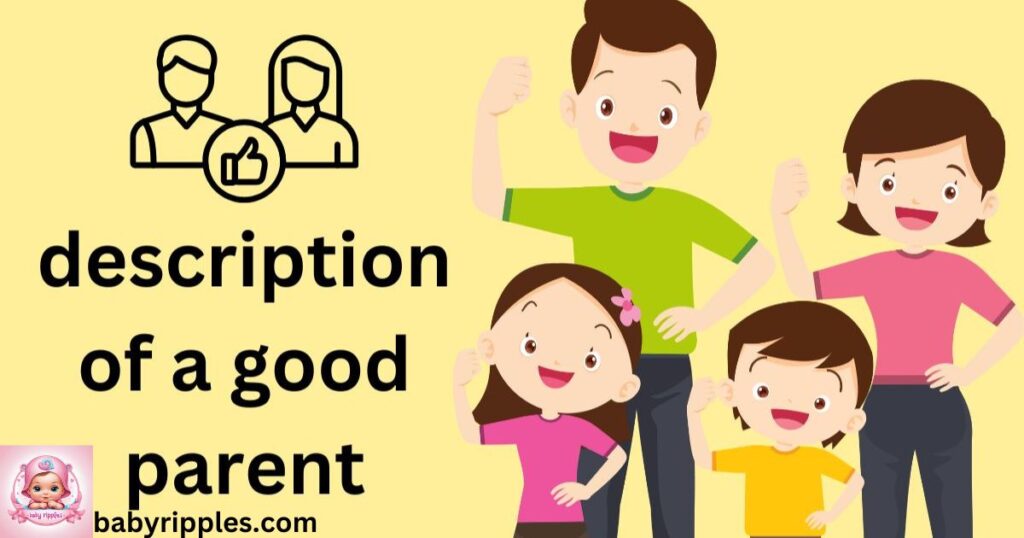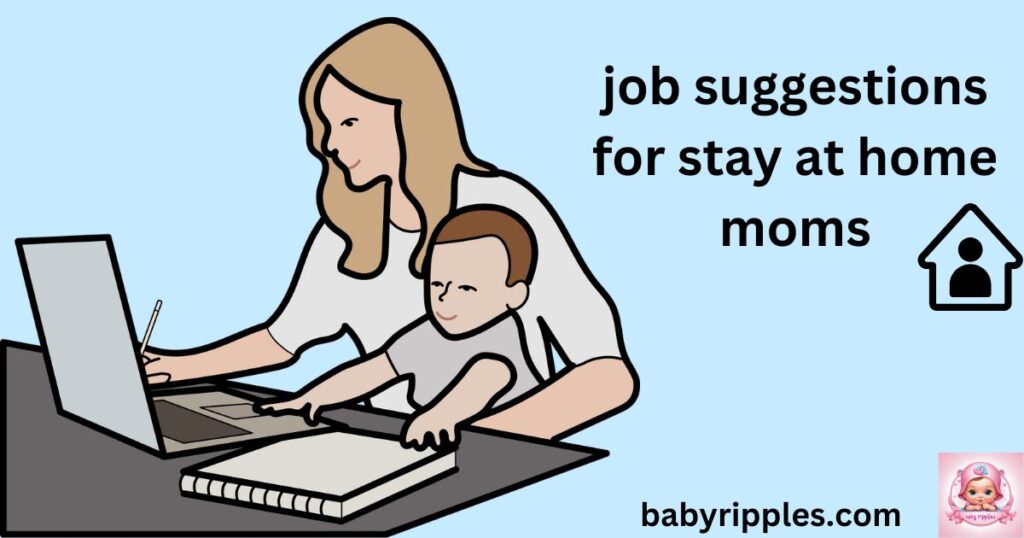One of the most important things for a parent or other caregiver to know is how to deal with a child’s disobedience. Every child’s behavior, whether good or bad, frequently has repercussions. Children learn the value of making wise decisions when they are taught about the repercussions of their actions. However, what precisely are these repercussions, and how can we identify types of consequences associated with misbehavior by a child? The various forms of repercussions linked to a child’s disobedience will be discussed in this article, along with their significance and practical applications.
You may want to read: 4 year olds and temper tantrums
- 1. Introduction to Consequences for Kids
- 2. Types of Consequences for Misbehavior
- 3. Why Consistency is Key in Applying Consequences
- 4. Step-by-Step Guide to Implementing Consequences for 3-Year-Olds
- 5. Consequences for Kids: A Tool for Growth and Learning
- Conclusion
- FAQs about Consequences for Misbehavior by a Child
1. Introduction to Consequences for Kids

The results that accompany a child’s action are what we mean when we discuss consequences for children. These results are intended to instruct and guide rather than to punish. Children can relate their activities to real-life outcomes—whether positive or negative—by using consequences. The objective is to enhance critical thinking abilities, promote growth, and instill responsibility.
Understanding Misbehavior
Before we dive into the consequences, it’s important to define what misbehavior is. Misbehavior can include actions like:
Disrespecting authority
Throwing tantrums
Lying or cheating
Breaking rules or boundaries
While these behaviors may seem frustrating to adults, they are part of a child’s development. Children test limits as a way of understanding the world around them. Consequences for misbehavior are essential in helping them learn boundaries and the impact of their actions.
2. Types of Consequences for Misbehavior

There are various types of consequences that can be used when a child misbehaves. These consequences fall into three primary categories: natural consequences, logical consequences, and positive consequences.
Natural Consequences
Without parental or adult meddling, natural consequences take place. These are the outcomes of a child’s behavior in the actual world. For instance, a child will naturally feel cold if they refuse to wear a coat on a chilly day. They learn the link between their actions and their consequences from this.
Examples of Natural Consequences:
- If a child refuses to clean up their toys, the natural consequence may be that they can’t find the toy they want to play with later.
- If a child neglects to study for a test, the natural consequence might be a poor grade.
Natural consequences can be powerful because they are tied directly to the behavior, helping children realize the importance of making better choices.
Logical Consequences
Adults who create and enforce penalties that are directly related to the misbehavior are said to be implementing logical consequences. In contrast to natural consequences, parents purposefully set these up to correct the behavior and teach a lesson.
For example, if a child doesn’t finish their homework, the logical consequence might be that they lose a privilege, like screen time, until the homework is completed.
Examples of Logical Consequences:
If a child refuses to share, the logical consequence could be that they lose the opportunity to play with others.
If a child speaks disrespectfully to an adult, a logical consequence might be a time-out or a conversation about kindness and respect.
Logical consequences are often seen as the most effective way to teach children the cause-and-effect relationship between their actions and the outcomes.
Positive Consequences
On the flip side, positive consequences are rewards given when a child behaves well. These positive reinforcements encourage good behavior and help children understand that doing the right thing can have rewards.
Examples of Positive Consequences:
- Earning a special treat after completing chores.
- Gaining extra screen time after following instructions the first time.
- Receiving praise or a hug after showing kindness to others.
By using positive reinforcement, children learn to repeat good behaviors, knowing that positive actions lead to positive results.
3. Why Consistency is Key in Applying Consequences

It’s essential to be consistent when applying consequences, whether they are natural, logical, or positive. When consequences are inconsistent, children may become confused or feel that certain actions are not clearly defined.
Consistency helps children:
Understand the boundaries and rules set for them.
Recognize that their actions always have results, whether good or bad.
Feel secure knowing what to expect when they misbehave.
4. Step-by-Step Guide to Implementing Consequences for 3-Year-Olds

When dealing with toddlers or young children, consequences for 3-year-olds need to be simple, clear, and easy to understand. At this age, children are still learning the connection between their actions and the outcomes.
Here is a basic step-by-step guide for implementing consequences effectively:
Step 1: Set Clear Expectations
Make sure your child understands what is expected of them. Use simple language and make sure they are clear about the rules.
Step 2: Be Immediate and Consistent
Consequences should be immediate so that the child can connect the behavior with the result. For example, if your child throws a toy, immediately take the toy away for a short period.
Step 3: Offer Choices
Whenever possible, give your child choices that lead to better behavior. This teaches them responsibility while also empowering them.
For example:
“You can either clean up your toys now, or we won’t be able to play with them later.”
Step 4: Use Logical Consequences
Ensure that the consequences you choose are logical and related to the misbehavior. For example, if a child refuses to eat dinner, the logical consequence could be that they go to bed hungry.
Step 5: Praise Positive Behavior
When your child behaves well, reinforce it with praise or rewards. Positive reinforcement is key to teaching good behavior.
5. Consequences for Kids: A Tool for Growth and Learning

In the end, the goal of consequences for children is learning, not punishment. Youngsters should comprehend that the consequences of their deeds, whether good and negative, affect their lives. You may assist your child in navigating the world and making better decisions by employing positive, rational, and natural consequences.
Applying consequences on a regular basis—whether it’s a straightforward timeout for disobedience or a reward for good behavior—teaches your child important life skills about empathy, decision-making, and responsibility.
Conclusion
Although handling a child’s disobedience might be difficult, it can also present a chance for development and education if handled properly. By learning to identify types of consequences associated with misbehavior by a child, you may help your child comprehend the consequences of their actions and improve their behavior and decision-making in the future by employing suitable consequences, whether they are positive, rational, or natural.
FAQs about Consequences for Misbehavior by a Child
1. What are logical consequences for kids?
Logical consequences are outcomes that are directly related to the child’s misbehavior. For example, if a child refuses to share toys, the logical consequence could be that they lose the opportunity to play with those toys for a while.
2. How do consequences for 3-year-olds differ from older children?
For younger children, consequences need to be simpler and immediate. At the age of 3, children may not fully understand complex consequences, so clear, straightforward actions work best.
3. Can natural consequences be harmful?
Natural consequences are usually safe and effective, but they should never put the child in danger. For example, a child who refuses to wear a coat on a cold day may feel uncomfortable, but they should not be left outside in extreme weather.
4. How can I explain consequences to my child in a way they’ll understand?
Use simple language and provide clear examples. For instance, explain, “If you don’t clean up your toys, we can’t play with them tomorrow.”
5. Are positive consequences necessary for good behavior?
Yes! Positive consequences like praise and rewards encourage children to continue behaving well and help them feel proud of their actions.





